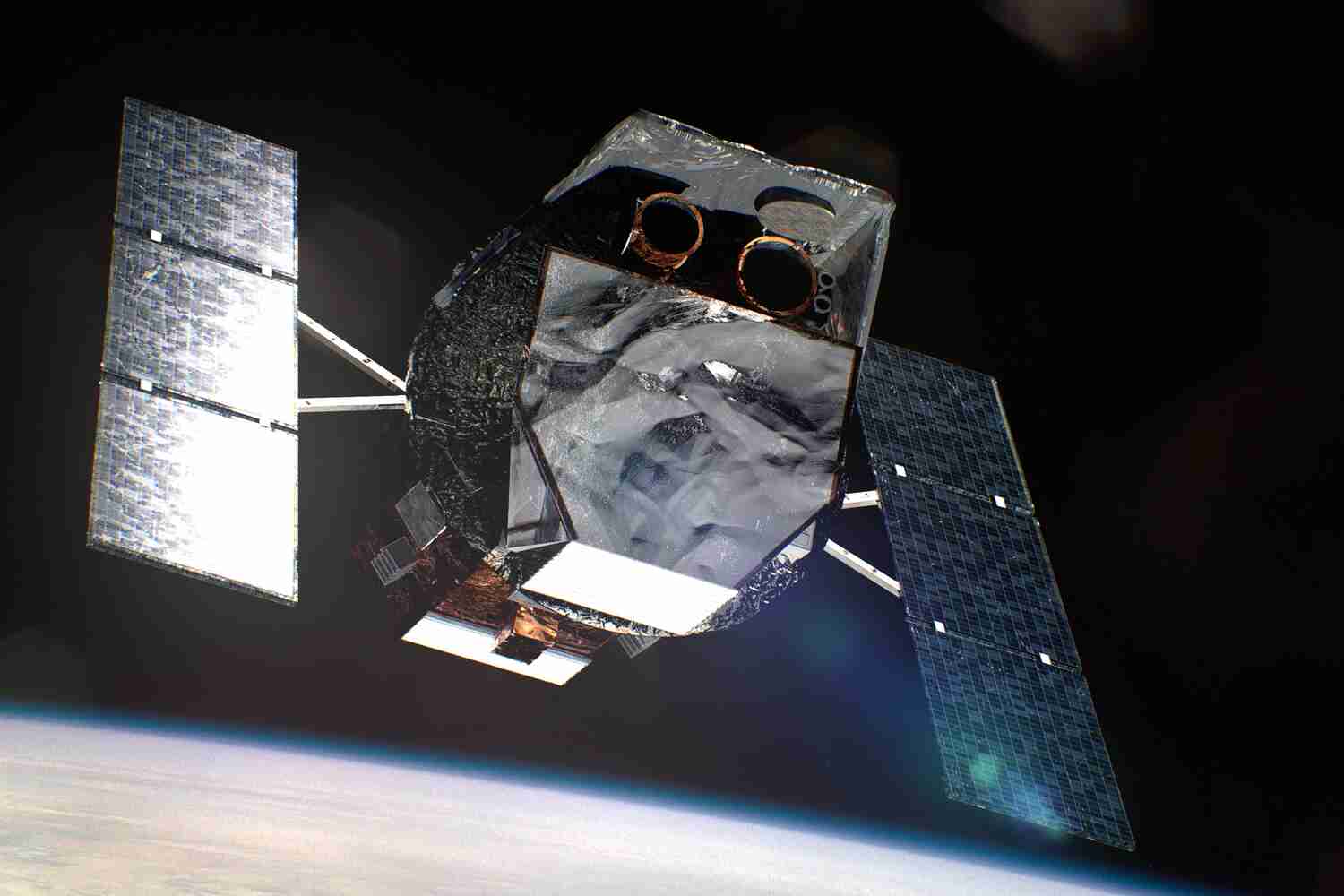THE LATEST
Gamma-ray bursts can serve as distance indicators, as revealed by the Superlearner ML

In a groundbreaking collaboration between NASA and the University of Nevada, Las Vegas, scientists have unveiled a new machine-learning technique that has helped measure the distance of the farthest gamma-ray bursts (GRBs) in the universe with unprecedented precision.
The research, led by Maria Dainotti, a visiting professor at UNLV's Nevada Center for Astrophysics and assistant professor at the National Astronomical Observatory of Japan, involved combining data from NASA's Neil Gehrels Swift Observatory with advanced machine learning models to estimate the proximity of GRBs for which the distance was previously unknown.
GRBs are among the most intense and powerful explosions in the universe, releasing the same amount of energy in just a few seconds as our sun does during its entire lifetime. They can be observed at both very close and extremely distant distances, making them a valuable tool for scientists seeking to unravel the mysteries of stars and the early universe.
However, due to the limitations of current technology, only a small percentage of known GRBs have all of the observational characteristics needed to calculate their distance. That's where the Superlearner machine learning method comes in.
The Superlearner approach employed in this research assigns weightings to multiple algorithms, enabling the combination of machine learning techniques to be more predictive. As a result, the scientists were able to accurately estimate the distance of 154 long GRBs for which the distance was previously unknown, opening up new avenues of study and significantly boosting the population of known distances among this type of burst.
The potential of this method to drive further breakthroughs in our understanding of the universe and how it is evolving is staggering. By combining cutting-edge technology with the power of human curiosity, our very understanding of the cosmos is being revolutionized.
As Maria Dainotti herself notes, "Follow-up research and innovation will help us achieve even more reliable results and enable us to answer some of the most pressing cosmological questions, including the earliest processes of our universe and how it has evolved."
This breakthrough represents a win not only for science but for humanity's never-ending quest to push beyond the boundaries of what we know and discover the secrets of the universe. In the words of legendary astrophysicist Carl Sagan, "Somewhere, something incredible is waiting to be known." And it is through the power of collaboration and innovation that we are edging ever closer to uncovering those mysteries.
